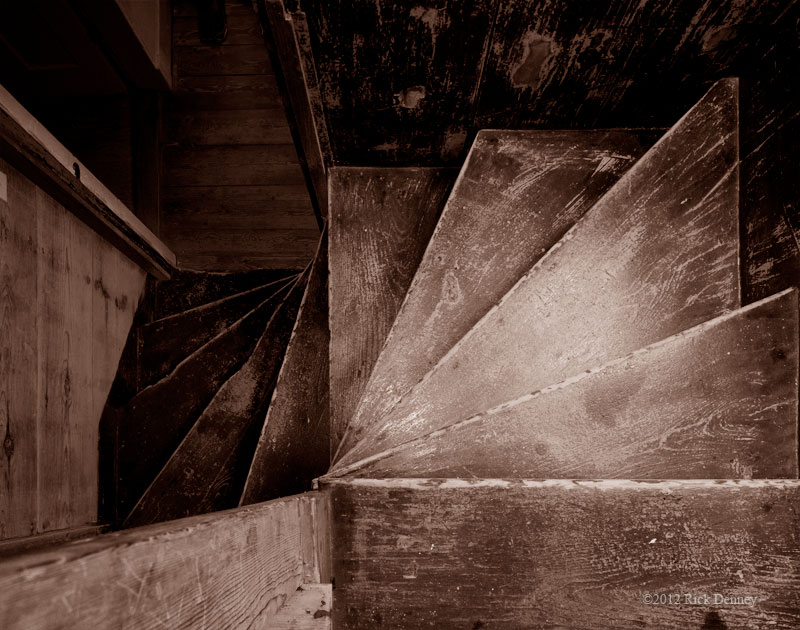Please bear with me on this question which may be inconsequential or due to a misunderstanding. However, I am puzzled by it and I did nor find a straigtforward answer in the books & documents available to me.
Distinguishing three situations:
(A) The Scheimpflug condition is met when the desired object plane, film plane and lens plane intersect at a common line. This can be achieved on a view camera by tilting the lens and/or back (conventional wisdom so far);
(B) The Scheimpflug condition is not met (i.e. the object plane will not be in sharp focus), if the three planes do not intersect at all;
(C) Now, what about the condition in which, departing from a Scheimpflug setup, a given amount of swing is added to the lens and/or back, resulting in the three planes intersecting at a single point (or do they)?
With situation (C), will there be a plane, a line, or a point of sharp focus? Is there any viable use case scenario for this or would it simply be ‚botched up Scheimpflug‘?
If this has been covered elsewhere, please give a pointer instead of flaming
Kind regards
Mathias
[ Edit: I should have called this thread „Yet Another Scheimpflug Question“ as I have just now realized that the thread title above has already been in use. However I do seem unable to change the thread title in retrospect... ]





 Reply With Quote
Reply With Quote




Bookmarks